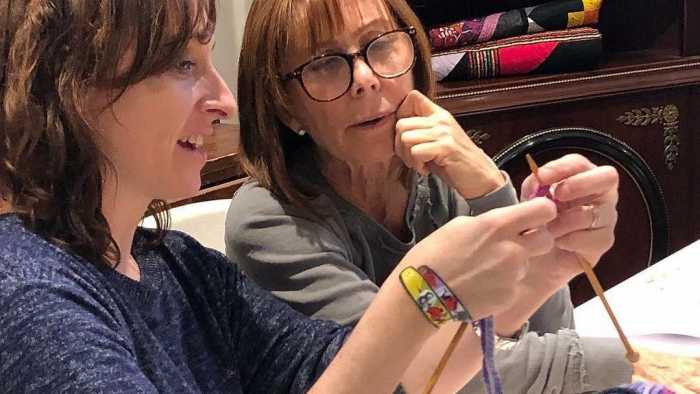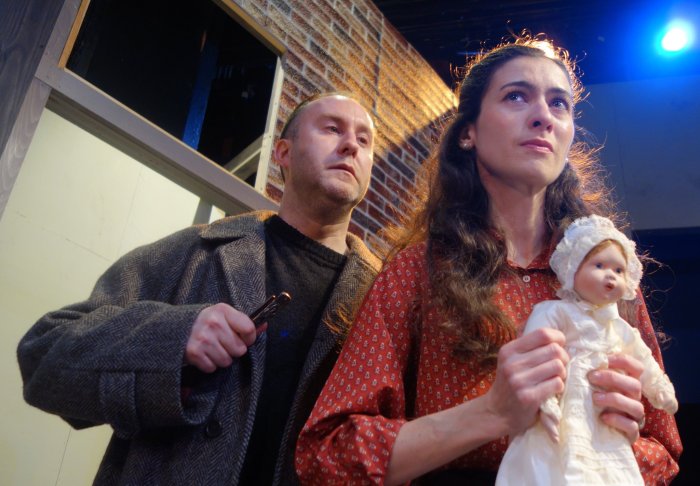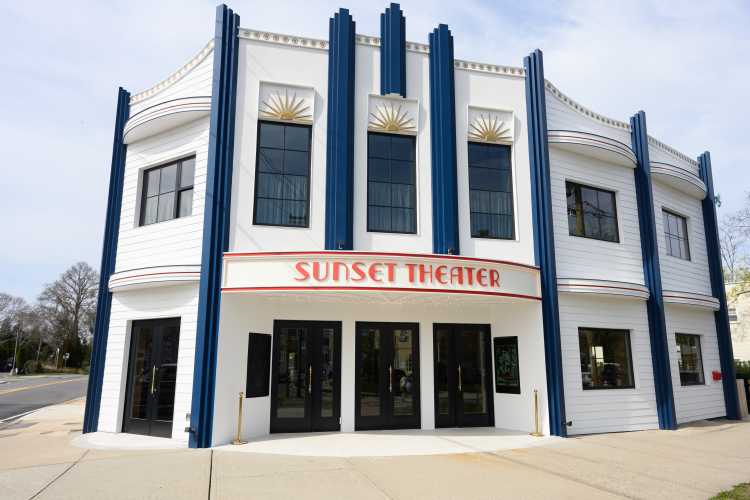We asked three of the busiest addiction doctors in Nassau County how they thought we, as a society, got here, to the deadliest health crisis in American history.
Agreed upon is that both physicians and Big Pharma played a role. Also clear is that two historical happenings were the driving force.
In 1996, the American Pain Society said pain is the “5th vital sign” — equally as important as the patient’s pulse, even though there is no way to measure its severity. In 2001, The Joint Commission, which certifies health care organizations in the US, said pain was being undertreated.
It’s message to doctors and hospitals: If a patient is in pain, you can be sanctioned. Some clinicians, the commission said, “have inaccurate and exaggerated concerns about addiction.”
Around the same time, Purdue Pharma reformulated OxyContin and began aggressively marketing it to doctors, saying there was no evidence that those who took it would become addicted. Sales soared. The company made billions.
PAINKILLER PROLIFERATION
Dr. Russell Surasky, a Great Neck neurologist who is board certified in addiction medicine, said the Joint Commission “couldn’t have been more wrong.”
“What Purdue realized was that if they could get doctors to prescribe opiates not just for cancer-related pain but rather for everyday aches and pains, then their profits would skyrocket,” Surasky says. “They did this by creating a massive fraudulent campaign in which they downplayed the addiction risk of OxyContin.”
“OxyContin then became the most profitable pain medication ever made,” he continues. “Purdue made $32 billion from this one drug. Addiction rates soared.”
Dr. Thomas Jan of Massapequa is board certified in physical medicineand subspecialty certified in pain and addiction medicine. He traces the origins of the epidemic to the mid-1980s when an expert on palliative care reported that people on chronic opioid therapy were not more likely to develop addiction. Jan feels that everybody who takes an opioid is at an increased risk of developing addiction.
“Stating that being on chronic opioid therapy does not bring increased risk of addiction, is like saying that one can stand in the middle of a highway and not be at an increased risk of getting hit by a car,” Jan says.
“When health practitioners acknowledge there is a danger, then they can properly monitor and protect the patient,” he says. “The excuse that a doctor is doing the wrong thing for the right reason no longer holds weight.”
POINT OF NO RETURN
Dr. Stuart Wasser of Rockville Centre, a certified addiction specialist, says the problem stems from primary care doctors not knowing how to treat chronic pain.
“In a way, they approached it as acute pain lasting a long time, rather than a different physiology — one almost identical to that of chronic addiction,” he says. “They did not know that opioids worsen chronic pain and other symptoms such as depression. So initial opioid use resulted in more and more opioid use.
“By the time we learned what we were dealing with, most doctors
were scared out of the field, leaving patients with few knowledgeable, responsible professionals to help them,” he adds, “and the DEA was more interested in punishing doctors than retraining them.”
Dr. Edmond Hakimi, an executive board member of Long Island Recovery Association, says that the above-mentioned philosophies oversaturated our communities with opioid pain medications.
“A few years ago, when we realized that this had become a problem, some states started to tighten down on opioid prescribing and doctor shopping,” he says. “This caused those already dependent or addicted to opioids to turn to what was cheap and readily available: Heroin.”
Dr. Surasky believes there is hope.
He says: “We have new, phenomenal treatments, which along with counseling, can help reverse the brain changes that addiction causes and save lives.”
DRUG REHAB RESOURCES
Long Island Council on Alcoholism & Drug Dependence
1025 Old Country Rd Suite 221, Westbury. 516-747-2606, licadd.org.
Nassau University Medical Center
2201 Hempstead Tpke., East Meadow. Detox: 516-572-6394. Rehab: 516-572-9402.
Pheonix House
Multiple locations. 1-844-353-5798, phoenixhouse.org.
South Oaks Hospital
400 Sunrise Hwy, Amityville, 631-608-5610, south-oaks.com
































